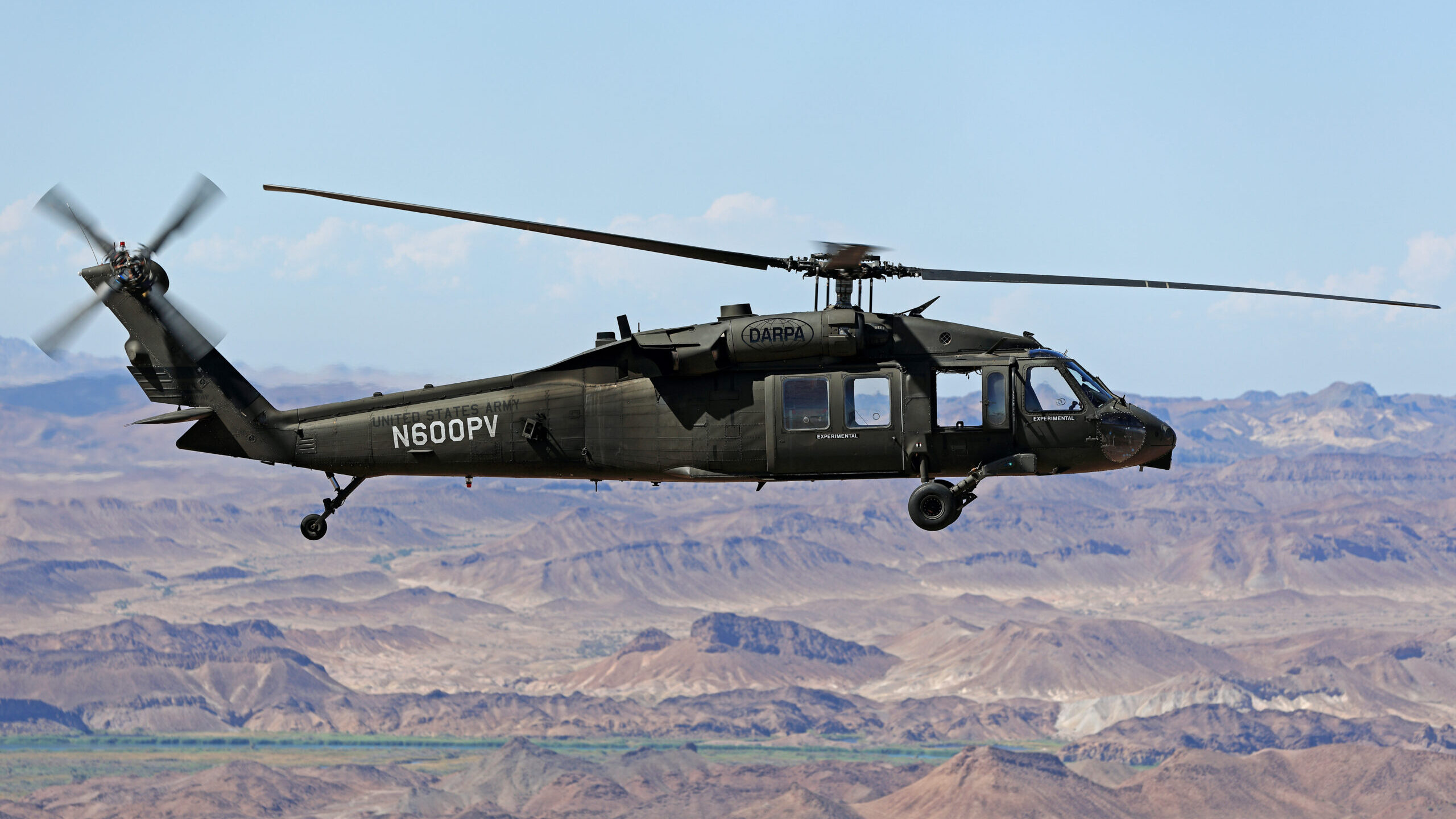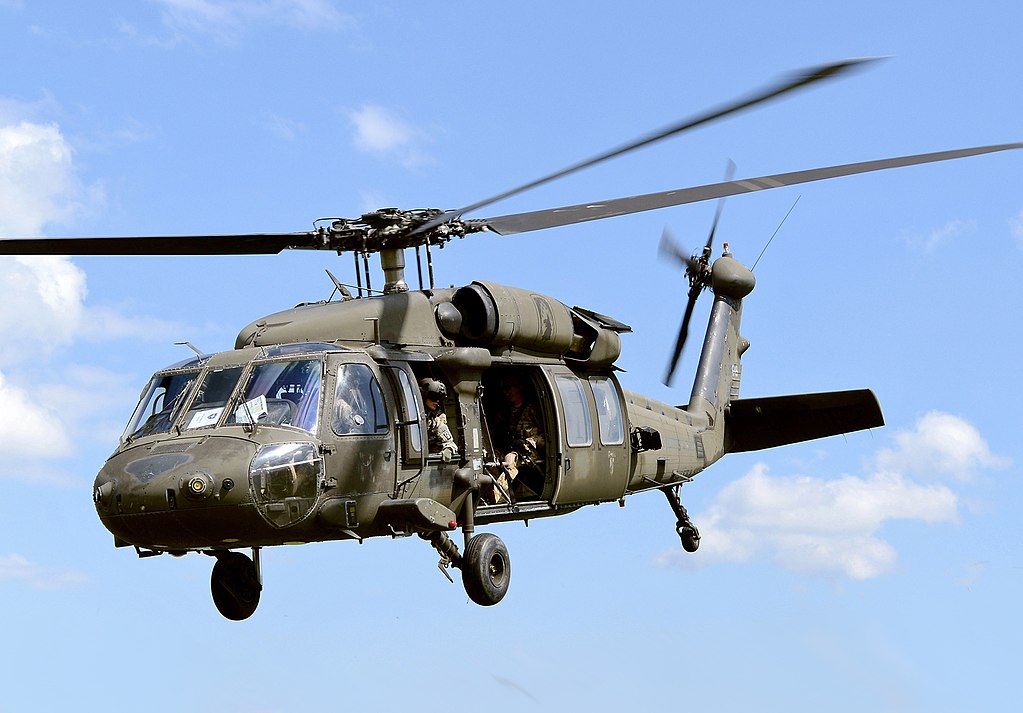Key Advantages of the UH 60 for Unique Operations and Rescue Goals
Learn More About the Flexibility of the UH-60 Airplane
The UH-60 aircraft stands as a testimony to engineering excellence, demonstrating impressive flexibility across a spectrum of altruistic and armed forces operations. As we discover the historical context of the UH-60 and its evolving applications, it ends up being clear that its value expands far beyond traditional duties, prompting a more detailed examination of its future possibility in modern-day air travel and defense techniques.
History of the UH-60
The UH-60 Black Hawk helicopter has a storied background that shows innovations in military air travel and the progressing demands of the united state Army. Initially developed in the late 1960s by Sikorsky Airplane, the Black Hawk was designed to change the older UH-1 Iroquois, commonly understood as the "Huey." The helicopter made its initial flight in 1974 and was officially introduced right into solution in 1979.
The Black Hawk was conceived to satisfy the Military's requirements for a tactical transportation helicopter efficient in lugging troops and products in a range of operational environments. Its layout stressed maneuverability, rate, and sturdiness, making it suitable for a large range of missions. The helicopter's innovative blades system and avionics dramatically improve its performance contrasted to its precursors, enabling it to operate successfully in negative climate condition and at high altitudes.
For many years, the UH-60 has actually gone through numerous upgrades and modifications, guaranteeing its importance in modern war. Consequently, it has actually become a sign of adaptability and reliability, serving in numerous capabilities, consisting of medevac, logistics, and unique operations, both domestically and globally.
Armed Force Applications
Recognized for its adaptability, the UH-60 Black Hawk offers a wide range of military applications that extend much beyond its initial layout as a tactical transportation helicopter. Its robust airframe and progressed avionics make it a vital possession in various functional roles.
One of the key army applications of the UH-60 is its use in army transportation, efficient in bring as much as 11 soldiers or a combination of personnel and cargo. This versatility is even more boosted by its ability to perform medical emptying missions, allowing fast reaction to combat zone injuries with onboard clinical workers and tools.
The UH-60 likewise plays an essential function in reconnaissance and surveillance procedures, furnished with innovative sensing units that provide real-time intelligence. Its ability to operate in diverse settings, including damaging weather problems and in the evening, enhances its effectiveness in goals needing stealth and precision.

Humanitarian Missions

Recently, the UH-60 Black Hawk has verified very useful in altruistic objectives, showcasing its capability to supply aid and support in dilemma scenarios. Its flexibility enables fast deployment in diverse environments, whether reacting to natural catastrophes, illness outbreaks, or conflicts that displace populations.
The Black Hawk's capacity to transport personnel, clinical products, and food is vital in emergency feedback scenarios. With its advanced navigating systems and robust style, it can run in tough conditions, including unfavorable weather and sturdy terrain, guaranteeing that help reaches those in demand immediately.
Additionally, the aircraft's ability to perform aerial discharges facilitates the swift elimination of hurt individuals from hard to reach areas, dramatically improving survival prices in emergencies. This ability has been demonstrated in various procedures, from earthquake alleviation efforts to flooding saves.
Additionally, the UH-60 works as a platform for control amongst numerous firms, enhancing total efficiency in humanitarian operations. Its flexibility and reliability make it a keystone in global relief efforts, strengthening the importance of military assets in global humanitarian reactions. In general, the UH-60 Black Hawk stands as a vital tool in attending to urgent human requirements.
Technological Advancements
Many technological advancements have actually improved the abilities of the UH-60 Black Hawk, making it a premier system for humanitarian and armed forces operations. One significant development is the integration of sophisticated avionics, that includes digital flight controls and improved situational recognition systems. These innovations improve pilot performance and objective efficiency, enabling much safer navigating in complicated environments.
The airplane's robust interaction systems enable real-time data sharing among devices, improving coordination during goals. Additionally, the find this incorporation of composite products in the airframe decreases weight while enhancing sturdiness, resulting in enhanced gas effectiveness and payload capacity.
The UH-60 additionally features sophisticated rotor systems that offer remarkable lift and ability to move, allowing it to operate in diverse conditions, including high altitudes and extreme temperature levels. The addition of modern sensor modern technology allows for improved reconnaissance and target identification, making the airplane versatile in battle and non-combat scenarios.
Finally, the capacity for modular objective tools setup makes sure that the UH-60 can be rapidly adjusted to satisfy certain functional requirements, reinforcing its role as a vital device for humanitarian and military efforts alike. These technologies collectively solidify the UH-60 Black Hawk's online reputation as a state-of-the-art airplane.
Future of the UH-60

Future versions of the UH-60 will likely include innovative materials and layouts that boost sturdiness while minimizing weight, improving efficiency and fuel effectiveness. The combination of synthetic knowledge and artificial intelligence will certainly help with better situational understanding and decision-making abilities, eventually enhancing mission success prices. Ongoing upgrades to communication systems will make sure seamless interoperability with various other platforms and allied forces.
With the raising emphasis on multi-domain procedures, the UH-60's convenience will enable it to support a variety of goals, from army transportation to medical discharge and reconnaissance. In addition, the potential for unmanned variants or enhanced automation can further increase its functional capacities.

Final Thought
The UH-60 aircraft demonstrates extraordinary convenience throughout numerous functional contexts, strengthening its role in altruistic and military efforts. As the demands of contemporary warfare and situation action advance, the continued advancement of the UH-60 will be crucial.
The UH-60 visit airplane stands as a testimony to design quality, showing remarkable adaptability across a range of military and altruistic operations.The UH-60 Black Hawk helicopter has a storied history that shows advancements in armed forces air travel and the advancing requirements of the United state Military. In general, the UH-60 Black Hawk stands as an essential device in resolving urgent human demands.
Numerous technological developments have improved the capabilities of the UH-60 Black Hawk, making it a premier platform for military and humanitarian procedures.The UH-60 aircraft demonstrates extraordinary adaptability across numerous operational contexts, strengthening its function in humanitarian and military efforts.